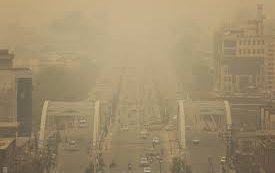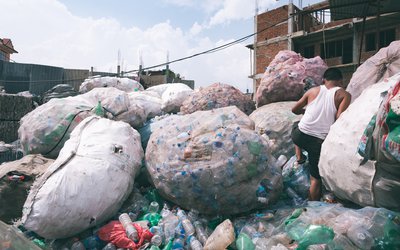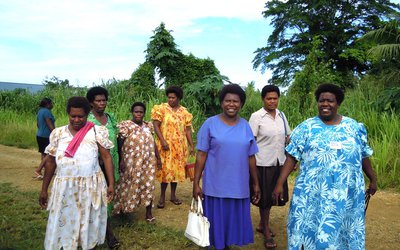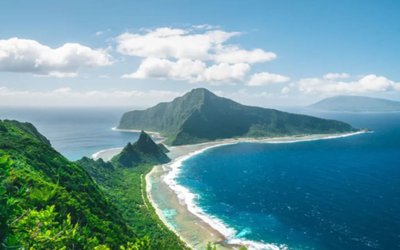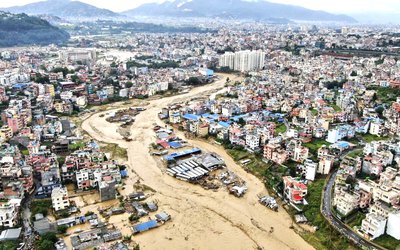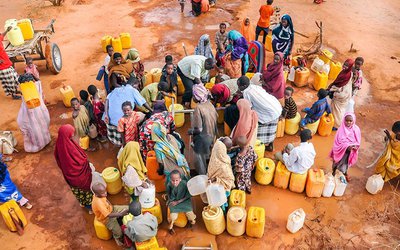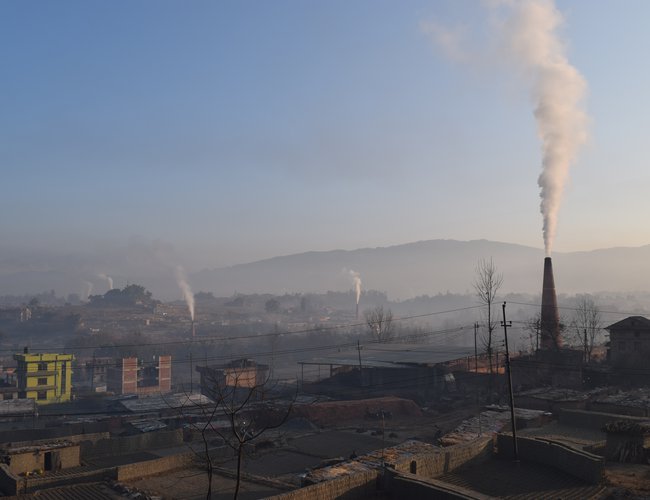
As India's north continues to struggle with extreme pollution levels and Kathmandu and other cities have also witnessed a similar situation, the statement has put a fresh spotlight on air quality in cities across South Asia, including Kathmandu.
Statistics show that India, Pakistan and Bangladesh have the worse air by far. Even Nepal is the eighth polluted country of the world.
Of the world's most polluted 30 cities, 22 are in India, according to research by IQ Air Visual, a Swiss-based group that gathers air-quality data globally, and Greenpeace. The remaining eight cities are all in Pakistan, Bangladesh and China - but the list doesn't include Beijing, which comes in at number 122. Out of 122 countries, Kathmandu is within ten polluted capitals of the world in terms of pollution.
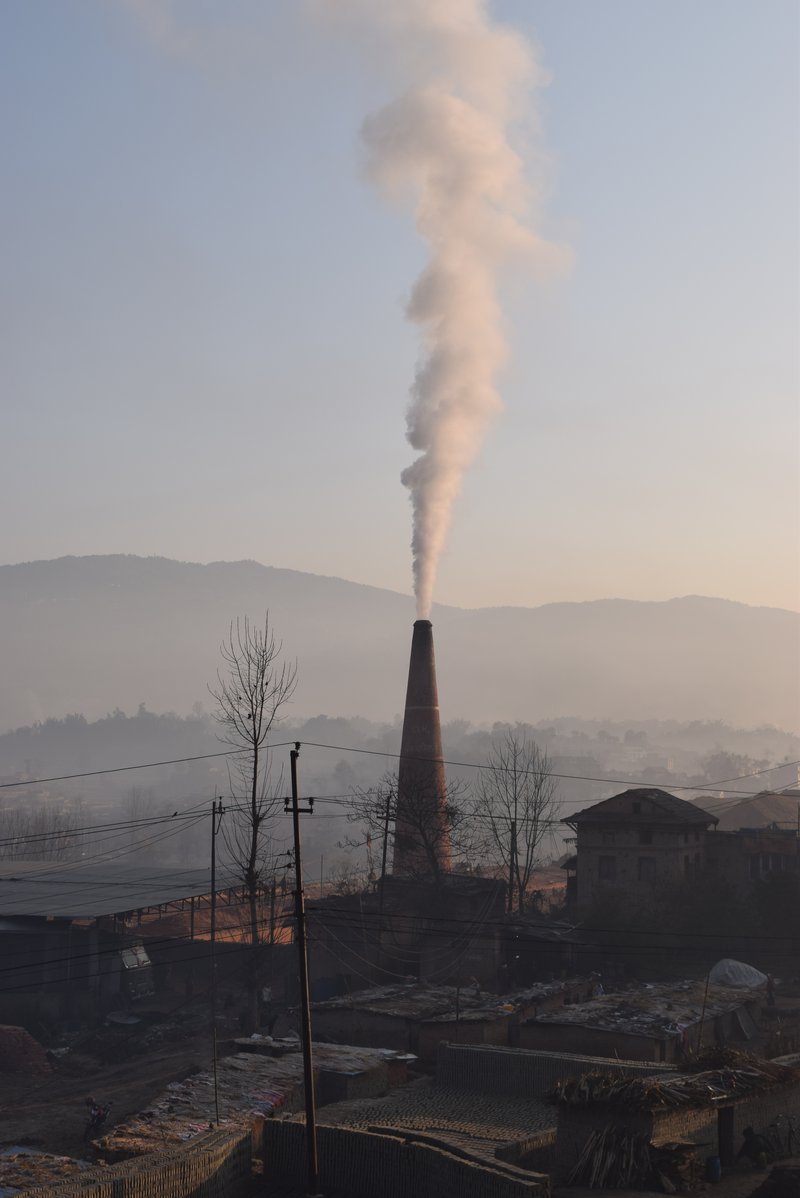
As the level of air pollution has started to decline in New Delhi, it is still one of the worst in the world. Experts in Nepal said that a low level of pollutants from New Delhi has also entered in western Terai and western hills of Nepal.
As air pollution grows, Kathmandu Metropolitan Corporation has deployed 7 boomers to clean the dust from the city. However, it is enough. "Given our own resources, we have been doing the best to reduce the air pollution," said Kedar Neupane, Chief Administrative Officer KMC.
Experts said that New Delhi’s air pollution has nothing to do with the current level of deteriorating air pollution in Kathmandu Valley and other parts of Nepal. Air Pollution of Kathmandu valley is locally originated from dust and vehicles and industries like brick kilns.
“The air quality was at a crisis level in south Asia. You could smell the toxic fog even from behind an air filtration mask. From every neighborhood, you could see the pollution obscuring buildings, trees and people. Schools and offices closed or curtailed hours. With winter approaching, the situation is set to become even worse,” said UNICEF Executive Director Henrietta Fore in her statement on toxic air in South Asia. “I was just in South Asia where I saw first-hand how children continue to suffer from the dire consequences of air pollution,” said Fore.
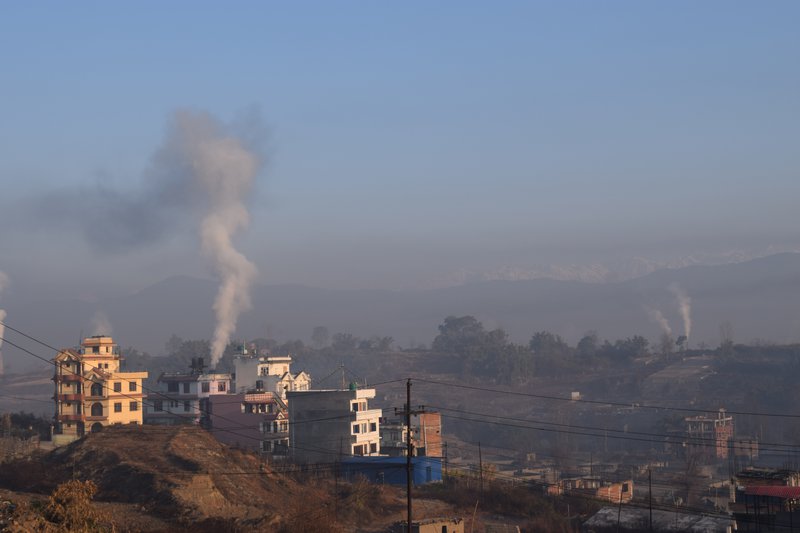
She said that around 620 million children in the region breathe polluted, toxic air. Because they have smaller lungs, breathe twice as fast as adults, and lack the immunities that come with age, children endure its damaging health and neurological effects the most.
According to meteorologist, Barun Poudel, there are a few dust particles that entered western Nepal from New Delhi. He said that pollution in Kathmandu Valley and other cities of Nepal is a result of local pollution.
Air Pollution
Air pollution affects nose to chest and it disturbs normal breathing. The level of PM2.5 - tiny particulates that can enter deep into the lungs is much higher in Nepal.
As the air pollution is getting worse, doctors recommend avoiding strenuous activities and hard labor if possible, and exercising indoors. When outdoors, avoiding main roads and congested areas can help, as smaller roads and by lanes tend to be less polluted.
Wearing a mask can help filter out pollutants, but simple surgical masks or comfort masks will not. A smog mask with a respirator is recommended.
Do not burn rubbish or other discarded items outdoors, and try to avoid cars or share car trips to reduce the number of cars on the road.
Pollution in urban areas like in Kathmandu is usually a mix of different factors - mostly traffic, fossil fuel burning power plants and heavy industries. In Kathmandu valley, there is still a lot of burning of agricultural stubble and solid wastes.
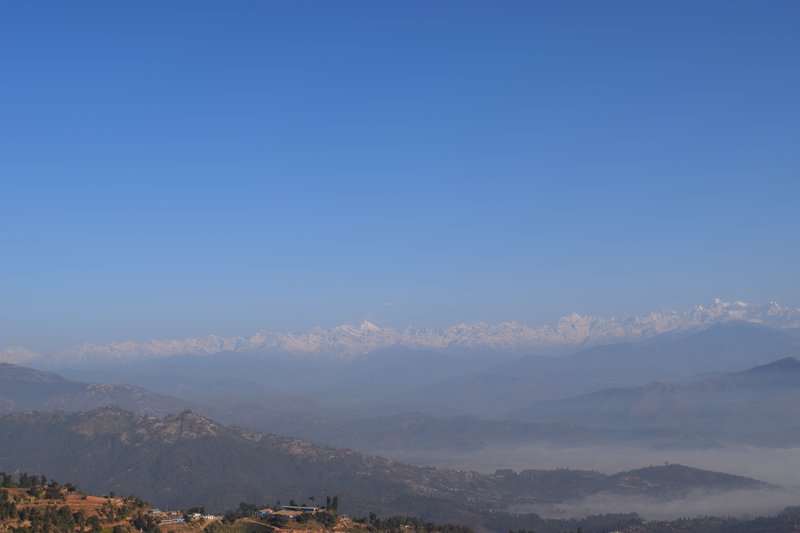
Pollution levels are categorized by measuring the levels of dangerous particles in the air. The result is then classified on a scale from good to hazardous.
The Effect
"The effect of pollution is different for every person," explains Dr Christine Cowie of the University of New South Wales.
"Some people complain about irritation to the eyes, to the throat, exacerbations of wheeze and asthma symptoms. Coughing is certainly also a very common symptom - even in non-asthmatic people. And of course it's the elderly who suffer, the very young and people with pre-existing respiratory illnesses like or heart problems."
Health expenses may increase if children need care and treatment. Parents may need to stay home too, in order to care for their children. Potential income is lost, and quality of life is reduced. The effects of air pollution on children can be felt well into adulthood.
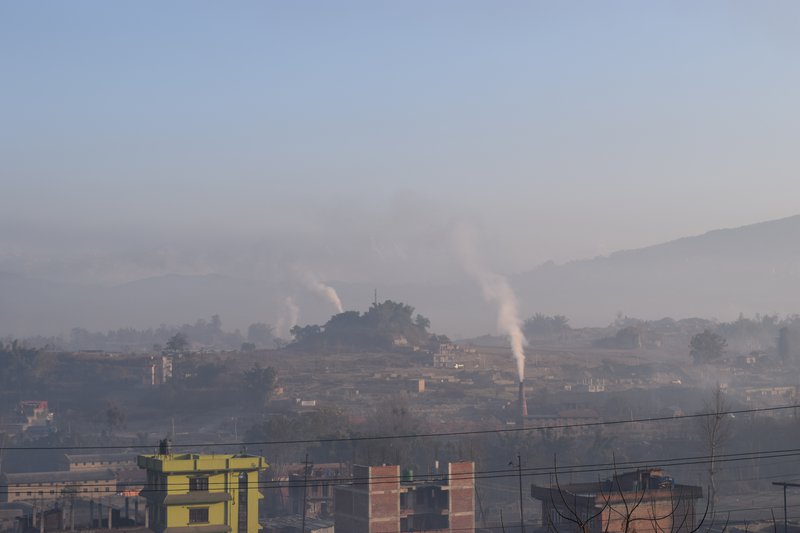
The steps to reduce air pollution by investing in cleaner, renewable sources of energy to replace fossil fuel combustion; provide affordable access to clean public transport; increase green spaces in urban areas; change agricultural practices and provide better waste management options to prevent open burning of harmful chemicals.
She explains that even a short exposure to unhealthy or worse pollution levels can trigger an asthma attack or increase the risk of a stroke. The longer the exposure, the greater the risks.
There's the advice to stay indoors, to reduce physical exercise and to wear a mask - but in many poorer parts of the world, none of these options really work for regular people.
Although Nepal has been talking about the need to reduce the air pollution, it is yet to change the situation. Given the formation of three tier of government, time has come for all three governments to take strong initiative against air pollution.
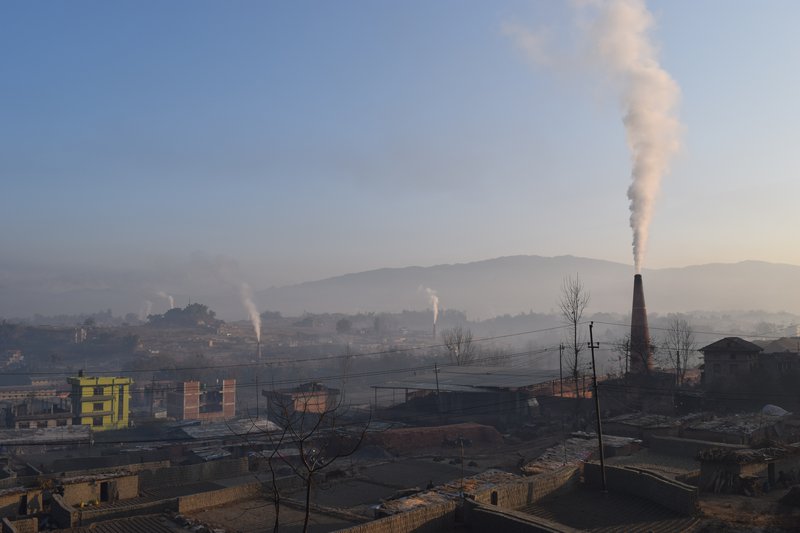
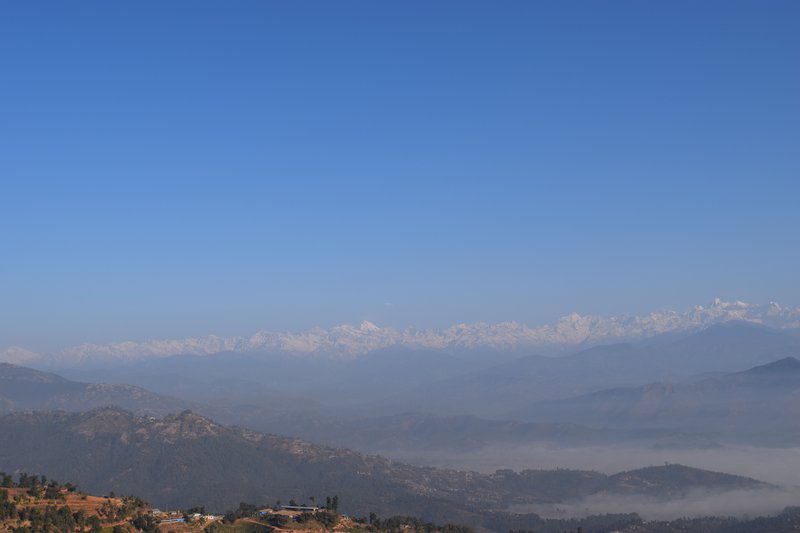
- MELAMCHI WATER SUPPLY: No Interruption During Monsoon
- Jun 25, 2025
- KOREAN RETURNEES: Successful Integration
- Jun 25, 2025
- UPPER TRISHULI-1: Engaging With Local
- Jun 25, 2025
- IME GROUP: Twenty Five Years Of Journey
- Jun 24, 2025
- NEPAL’S AIR POLLUTION: A Growing Health Concern
- Jun 24, 2025
